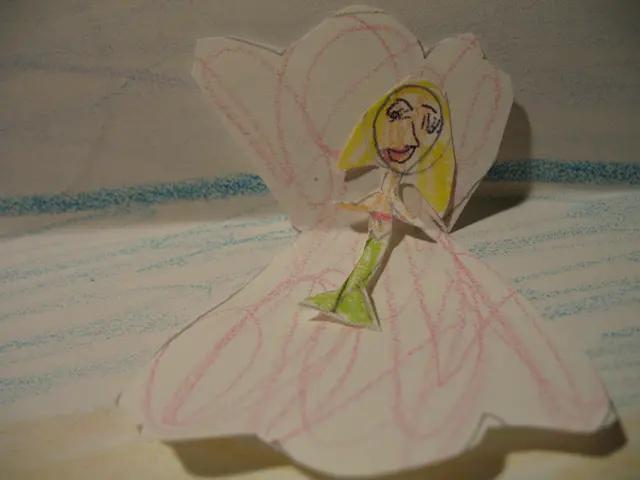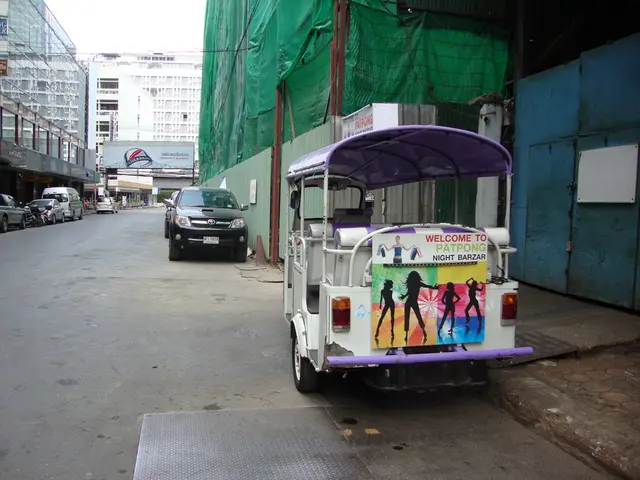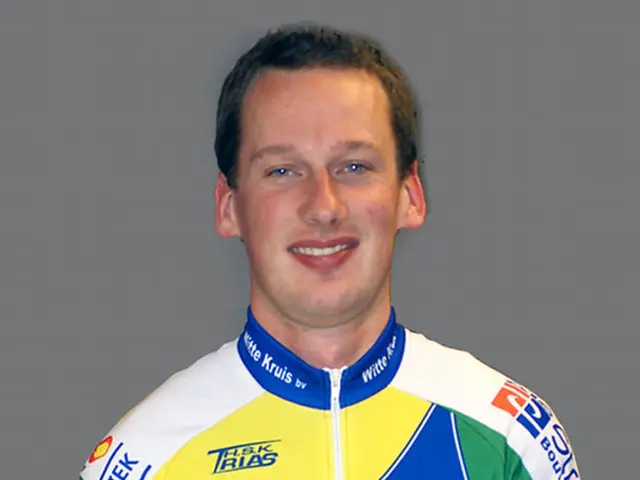Urban Mythos and Local Lore: Strolling through Urban Legends
Urban Exploration and Local Legends: Unearthing Hidden Narratives through Psychogeography
Manchester, UK – Last month, we delved into an enigmatic tale revolving around the spirit of Dr. John Dee and his connection to a group of psychogeographers. In response to reader demand, we are now unearthing the fascinating world of psychogeography as a practice – a method used to uncover the emotional and psychological undercurrents embedded within our urban landscapes.
First coined in 1950s Paris by Guy Debord, a member of the Situationist movement, psychogeography refers to the intersection of psychology and geography. In essence, it explores the behavioral impact of urban environments and examines how these spaces shape human emotions and experiences.
Chris Rose further clarifies that the emphasis of psychogeography lies in walking, closely observing the (typically urban) landscape, and critically examining the power structures that have shaped it [4]. This "paying attention" to one's surroundings is crucial, as it allows individuals to tap into the stories, myths, and histories that lie dormant within our cities.
Different practitioners approach psychogeography in their own unique ways, often guided by personal motivations or theoretical approaches. For example, some may choose to focus on entire city districts, examining their historical significance and cultural influences. Others might fixate on specific locations, dissecting every detail to reveal the hidden stories buried beneath.
Strolling through the city, eyes wide open, without a predetermined route or destination is at the heart of psychogeography. As city dwellers, we may walk the same streets day after day without truly seeing them – psychogeographers, however, actively engage with their urban environment, snapped by curiosity and driven by the desire to uncover the hidden narratives that have been left forgotten for generations.
One such hidden narrative can be found at the edge of the urban and natural worlds, often referred to as "liminal spaces." These are places where the two meet, neither purely urban nor rural. These "in-between" settings harbor a wealth of ghost stories and folklore, part of the city's rich cultural tapestry that may have been overlooked for centuries [7].
The practice of psychogeography can also lead to an exploration of the "genius loci," the ancient Roman belief in the protective spirit tied to a specific place [4]. Psychogeography may, in some ways, serve as an unconscious attempt to meet this spirit and uncover the stories it holds.
In conclusion, psychogeography and folklore share a common goal: to reveal the hidden stories and meanings buried deep within our urban landscapes. By adopting a psychogeographic approach, we can unlock the secrets that have transcended time and uncover the rich cultural heritage that continues to shape our cities to this day.
References:[1]: Coverley, M. (2010). Psychogeography. Harpenden: Pocket Essentials.[2]: Rose, C. (2016). Walking together: psychogeography and psychotherapy. In sketching, psychotherapy and beyond. Accessed 28 August 2019.[3]: Self, W. (2013). Psychogeography. London: Bloomsbury.[4]: Coverley, M. (2018). Psychogeography. Third edition. London: Oldcastle Books.[5]: Richardson, T. (2015). Walking Inside Out: Contemporary British Psychogeography. London: Rowman & Littlefield.[6]: Clark, J. (2010). London Stone: Stone of Brutus or Fetish Stone – Making the Myth. Folklore, 121(1), pp. 38-60.[7]: Lappin, L. (2015). The Soul of Place: A Creative Writing Workbook. Palo Alto: Solas House.
If you've ever wandered through a city, captivated by its hidden stories and legends, join the conversation and share your own urban explorations! Let us know in the comments below.
—
About the Author:Born in England and with a passion for folklore, local legends, and hidden histories, our writer has spent countless hours exploring the streets and alleyways of various cities, uncovering tales that lie buried beneath the modern veneer. Her pursuit of knowledge and her love for storytelling have drawn her to embrace the practice of psychogeography, bringing to life the forgotten narratives of our past.
- Psychogeography, with its roots in urban exploration and local legends, offers a unique exploration of the emotional and psychological undercurrents within our cityscapes.
- City dwellers may walk the same streets daily, but psychogeographers, driven by curiosity and a desire to unveil hidden narratives, actively engage with their urban environment.
- Liminal spaces, where the urban and natural worlds meet, are rich in ghost stories, folklore, and histories that have remained unknown for centuries.
- The practice of psychogeography intertwines with the ancient concept of "genius loci," the spirit tied to a specific place, thereby uncovering the stories that the location holds.
- In the realm of fashion-and-beauty, some individuals draw inspiration from urban legends and folklore, manifesting these stories in their personal style.
- While traveling to unknown destinations, engaging in psychogeographic practices can provide a deeper understanding of the local culture, relationships, and education-and-self-development through the lens of a city's folklore and history.







